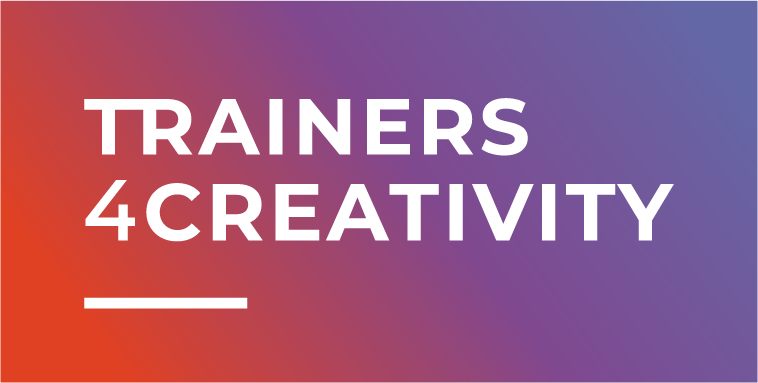Social-economic accessibility
Social and economic accessibility to creativity and culture is mainly connected to the wide possibilities to work on the path to give access in an equal way for youth with lower income, youth at risk of social exclusion, youth living in disadvantaged neighborhoods or coming from families at lower social and cultural capital.
Increasing the level of access to culture for all categories of youth is in this sense a target pursued by several education institutions and organizations.
In this framework also digitisation and the use of a wider and coordinated approach to culture resources using eCulture principles opens up incredible economic opportunities and creates a prerequisite for further development of the cultural and creative capacities and access to culture.
Digitizing cultural heritage and making its information potential accessible to the public by using technological instruments and innovative ideas through information society tools and public services leads to changes in the perception and access to culture and cultural heritage for the needs of society: the traditional approach to its preservation, protection and presentation has been expanded (or completely replaced) by the growing and versatile ICT approaches that also taking into accounts accessibility.



